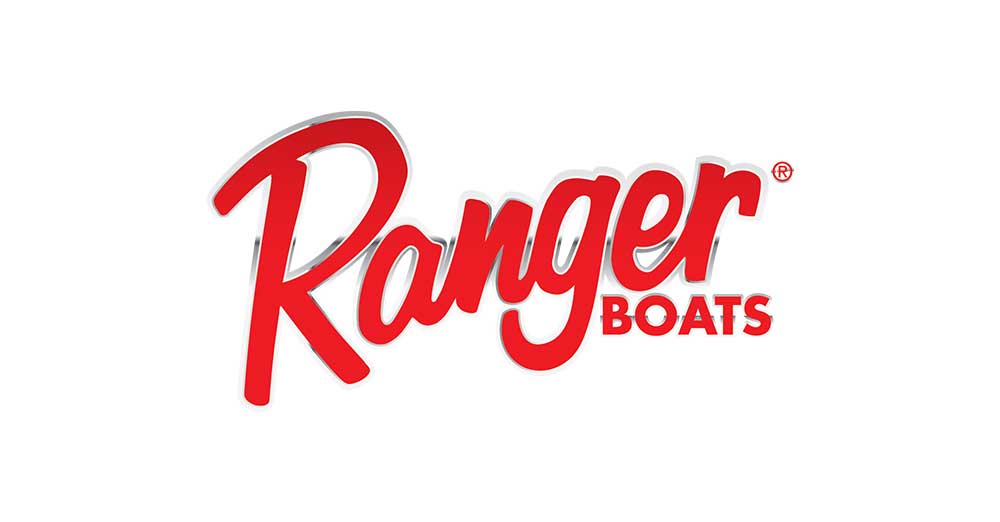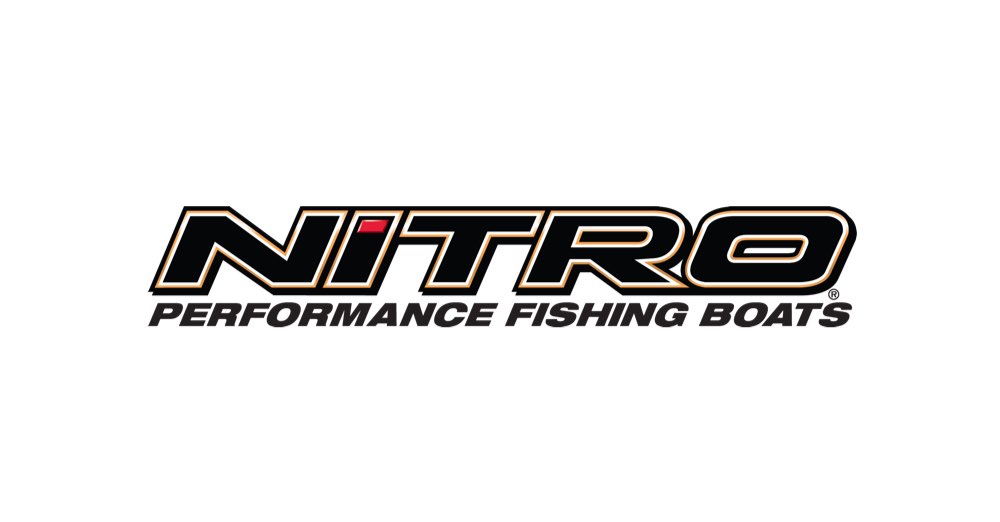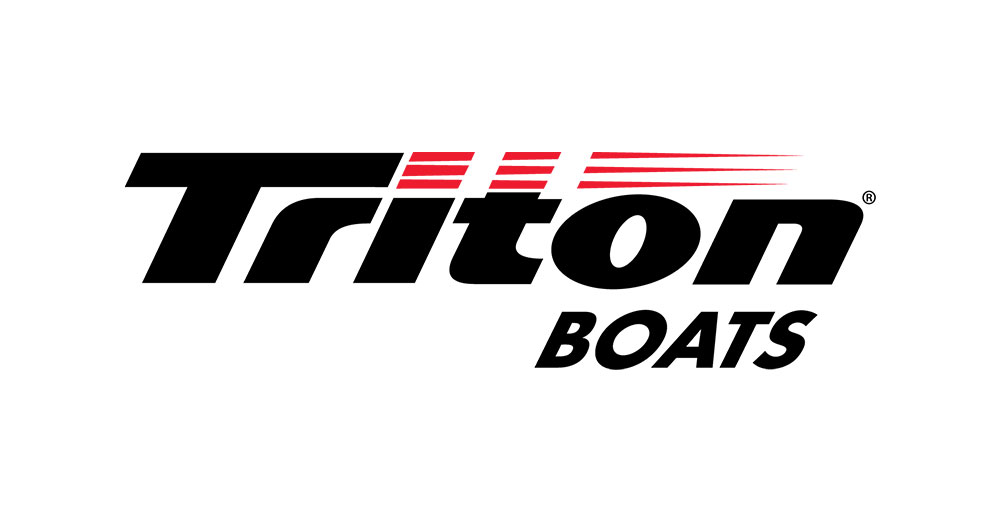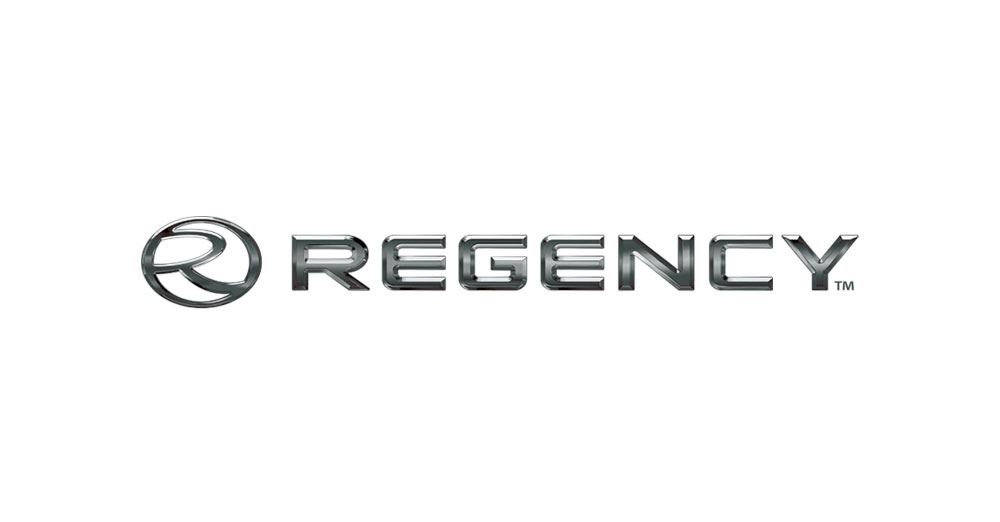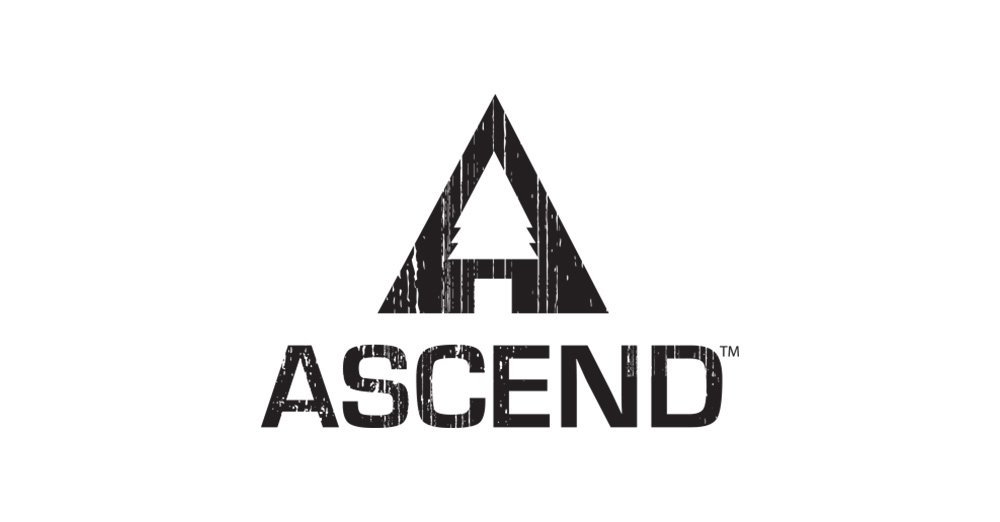Recycle Your Christmas Tree Into Fish Habitat
A holiday downer comes when it’s time to take down the Christmas tree. If you are an avid angler, though, you can actually look forward to what otherwise is a gloomy task. Best of all, you can enjoy the spirt of giving long after Christmas ends.
What better Christmas present could there be than a new home? Not much if you are a bass, crappie or bluegill. Once submerged, the tree trunks and branches become a nursery for small warm water fish. Those fish attract larger, catchable fish that congregate in the area looking for an easy meal. Plus, you will have a secret spot to call your own.
Before you bundle up, load the tree into the boat and head to the lake, read about how you can make the most of your recycling project.
Why Sink Christmas Trees?
When it comes to fishing, habitat is everything to angling success. In lakes lacking bottom structure and depth changes, baitfish will scatter throughout the water column. That makes finding gamefish more challenging. Gamefish are predators and they need cover from which to ambush baitfish. A Christmas tree polarizes the baitfish and the gamefish, making them easier to find and catch.
The Gift That Keeps Giving
Of course, fish are fundamentally attracted to the branches and trunk. Magic happens as woody branches of sunken trees decompose. Mother Nature jumpstarts the tree with a new life that makes it only get better over time. Phytoplankton and algae begin to grow and cover the branches, adding mass to the tree. As time goes on, zooplankton like water fleas populate and forage on the new vegetation, which attract smaller insects, mussels, snails and crawfish. This buffet brings in baitfish and in turn the larger predator species you can catch. Before you know it, your tree will become a support structure for the entire aquatic food chain, from the bottom up.
What You Need To Get Started
First, a live tree, and remove all the ornaments, lights and decorations. Do not use an artificial tree, which will not decompose to kickstart the development of the food chain as described above. Beyond your boat, the list is short. You will need concrete cinder building blocks. Those can be purchased at any home improvement store for less than $2 a piece. Put metal wire on your shopping list to fasten the tree to the blocks. Avoid using nylon rope that can deteriorate, increasing the likelihood of releasing your hard work from the bottom. You can also put the tree inside a hole in the block and fill with quick drying concrete to secure the trunk. Doing it this way ensures the tree is held upright to provide even more habitat.
Location, Location, Location
How can your Christmas tree become a fish magnet? That’s a good question! The answer is where you place it. The ideal waters for placing a tree are those with very little bottom habitat in the surrounding area. Isolated trees—where there is little or no bottom cover—become fish magnets. As an avid angler, your boat likely has an electronic fishfinder with GPS capabilities. You can use your fishfinder to scan the bottom for the best areas lacking any cover. Take into consideration seasonal fish transitions, relation to deeper water and close proximity to a main river channel. Creeks, points, dropoffs and ledges are also ideal areas. Bass, crappie and bluegill all relate to changes in bottom depth and contours. The fish use these irregularities as routes to and from deep water to feed and spawn. The ideal landing place for your tree would be anywhere the cover is located near deep water and current.
How Long Will It Last?
The needles will be completely gone within the first three months, but don’t forget about the afterlife from algae growth and more. What is certain is a fully submerged tree lasts much longer than a partially submerged tree exposed to water level fluctuations. Ideally, you want to place the tree deep enough so other anglers cannot find it. Keep it a secret and mark the location with a GPS waypoint. Some reports show as much as a 10-year life expectancy for a recycled tree, so each year you can add more trees. Before you know it, you will have enough trees on the bottom to fill a day’s worth of fishing.
Check The Regulations
Finally, find out if the government agency managing your lakes allows Christmas tree recycling. It is illegal in some states to add artificial habitat of any kind into a waterway. Other states, such as those within the large jurisdiction of the Tennessee Valley Authority, require a permit to place artificial habitat.
There is also another option if you’d rather not do the work yourself. Many state agencies collect donated Christmas trees, and they have processes in place to make the most of the opportunity. Fisheries biologists can weigh in on the best locations for where habitat is most needed, or to create productive areas for specific species. Trees are also bundled to make large fish attractors. The idea is that larger structures attract more and bigger fish. The locations of the attractors are made available to the angling public in the form of GPS coordinates or maps.
In any case, there is a better option for disposing a used and live Christmas tree than the landfill. The fish will appreciate it, and so will you for the fishing success you can share with family and friends.
Creating habitat for the fish and a secret hot spot for yourself will take some time and effort. You will need a boat that can handle the work and the play all together for years of enjoyment. Explore the SUN TRACKER Pontoons lineup of fishing pontoon boats.
